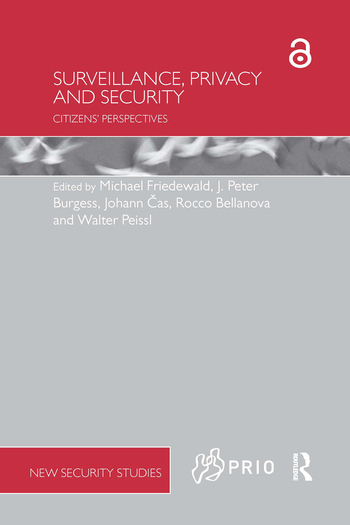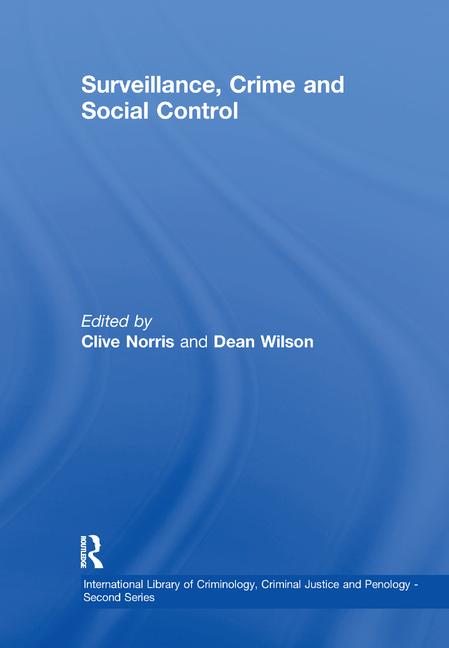Secret Service Report Identifies Warning Signs for Mass Attacks in the US

The Secret Service released a report identifying trends and warning signs from 27 mass attacks that took place across the United States in 2018.
According to the report, almost all of the alleged criminals in 27 mass attacks last year had experienced a major stressor in their lives.
Even more, almost all had made alarming or threatening communications directed toward or in the presence of others. In more than 75% of the cases, someone else had noticed a sign of concern.
The report was published by the Secret Service's National Threat Assessment Center. The 27 attacks studied involved those in which three or more people were killed or injured last year. They include attacks in workplaces, schools and places of worship.
The report also found:
- Most of the attackers utilized firearms, and half departed the site on their own or committed suicide
- Half were motivated by a grievance related to a domestic situation, workplace, or other personal issue.
- Two-thirds had histories of mental health symptoms, including depressive, suicidal, and psychotic symptoms
- Nearly all had at least one significant stressor within the last five years, and over half had indications of financial instability in that timeframe.
- Nearly all made threatening or concerning communications and more than three-quarters elicited concern from others prior to carrying out their attacks.
To mitigate future attacks, the report stressed the importance of:
Reporting: Since three-quarters of the attackers had concerned the people around them, with most of them specifically eliciting concerns for safety, the public is encouraged to share concerns they may have regarding coworkers, classmates, family members, or neighbors, the report says. Such reports could be made to workplace managers, school administrators, or law enforcement, as appropriate. While over-reporting is not the goal, a reasonable awareness of the warning signs that can precede an act of violence may prompt community members to share their concerns with someone who can help. Systems can be developed to promote and facilitate such reporting, and people should be encouraged to trust their instincts, especially if they have concerns for someone’s safety. For example, several states have recently developed statewide reporting infrastructures that allow students and others to utilize a smartphone app to submit anonymous tips to a call center staffed by law enforcement. This type of program can facilitate not only a law enforcement response to reported threats, but also a community-level response to reports of bullying, suicidal ideation, self-harm, or depression, the report says.
Do Something. Since 2010, the Department of Homeland Security has effectively promoted the “If You See Something, Say Something®” national campaign, originally developed by New York City’s Metropolitan Transportation Authority, which encourages the reporting of suspicious activity. In many of these cases from 2018, members of the general public successfully performed their role in the “See Something, Say Something” process, by
reporting their concerns to someone with a role in public safety. At that point, the responsibility is on the public safety professionals to “Do Something,” namely assessing the situation and managing as needed, the report says. By adopting a multidisciplinary threat assessment approach, that standardizes the process for identifying, assessing, and managing individuals who may pose a risk of violence, law enforcement and others are taking steps to ensure that those individuals who have elicited concern do not “fall through the cracks.”
Law enforcement partnerships. While law enforcement has a key role to play in the prevention of community violence, intervening with individuals who may pose a risk is not the responsibility of law enforcement alone, the report notes. Particularly in those instances where a concerning individual has not broken a law, the relationships between law enforcement and other community resources become paramount. Law enforcement personnel are encouraged to continue developing close partnerships with the mental health community, local schools and school districts, houses of worship, social services, and other private and public community organizations, according to the report. The mission of law enforcement in the United States is public service oriented, and that mission will be most effectively executed through multidisciplinary and collaborative community efforts, it says.
Looking for a reprint of this article?
From high-res PDFs to custom plaques, order your copy today!









